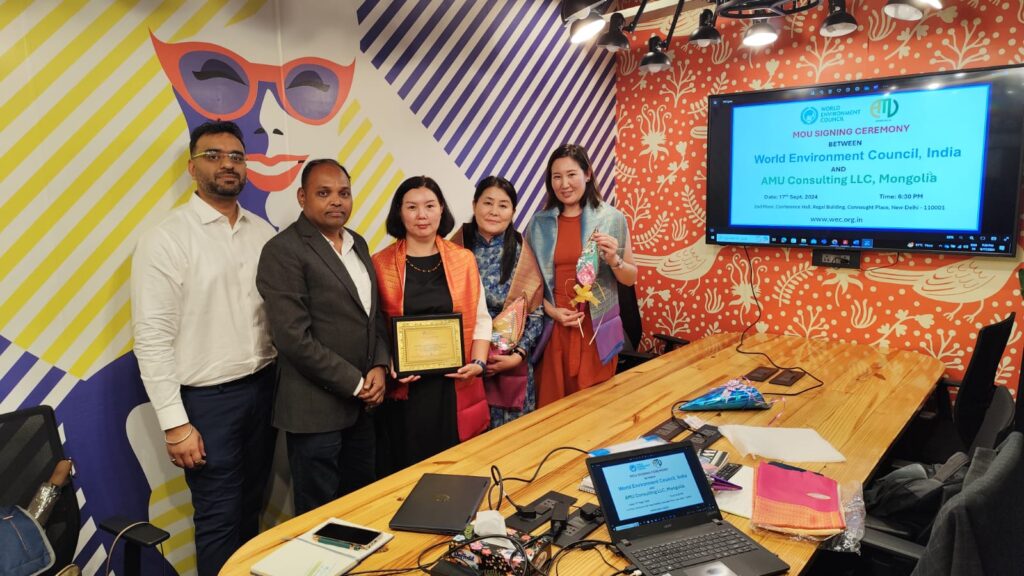As the world teeters on the edge of missing key Sustainable Development Goals (SDGs), the UN Summit of the Future 2024 arrives at a critical moment. Scheduled for September 22-23 in New York, this historic summit, led by UN Secretary-General Antonio Guterres, seeks to reignite global efforts and unite stakeholders to secure a better tomorrow.
A Global Call to Action
The COVID-19 pandemic, ongoing conflicts, and escalating climate crises have disrupted progress toward the UN’s SDGs, with just six years left to meet the 2030 deadline. This month’s summit represents an unprecedented opportunity to collectively tackle the most pressing global issues, including sustainable development, climate action, inequality, peace, and security.
With the theme, “Multilateral Solutions for a Better Tomorrow,” the summit will bring together not only member states but also non-governmental organizations, academic institutions, civil society, the private sector, and even youth representatives. The goal is to craft a new global consensus on the actions needed to ensure a sustainable and peaceful future for all.
Core Focus Areas of the Summit
At the heart of the summit are five critical pillars:
- Sustainable Development and Financing: The UN acknowledges that achieving SDGs requires an influx of sustainable financing, particularly for low and middle-income countries. Discussions will center around how to secure long-term, low-cost financing to ensure these nations can meet their development goals.
- International Peace and Security: As geopolitical tensions escalate, especially between global powers like the U.S., Russia, and China, the summit will focus on fostering a system where diplomacy, rather than militarism, drives international relations.
- Digital Cooperation and Technology Governance: The rise of AI and other emerging technologies presents new challenges and opportunities. The summit aims to set standards for transparent and responsible governance of these tools, ensuring they serve the greater good.
- Empowerment of Youth and Future Generations: The future belongs to the young, and empowering them through education is essential. Leaders will explore innovative financial arrangements to ensure that even the poorest nations can provide quality education for all children.
- Reforming the UN Architecture: To stay relevant and effective, the UN must evolve. The summit will discuss how to reform its systems to reflect the needs of today’s world, including increasing diversity and gender representation in leadership roles.
A Gender Lens on Decarbonization and Leadership
Women’s voices are crucial in solving the global challenges of sustainability and decarbonization. The summit aims to push for a greater focus on these areas through a gender lens, empowering women to take leading roles in climate action and sustainability efforts.
A Global Effort for Sustainable Solutions
With multilateralism at the core, the Summit of the Future 2024 is more than just a meeting—it’s a bold step toward global cooperation and shared responsibility. The solutions discussed during this summit will aim to ensure no country or generation is left behind.
As world leaders converge in New York, it becomes clear that only by working together can we navigate these challenging times and build a more sustainable, peaceful, and equitable future.














